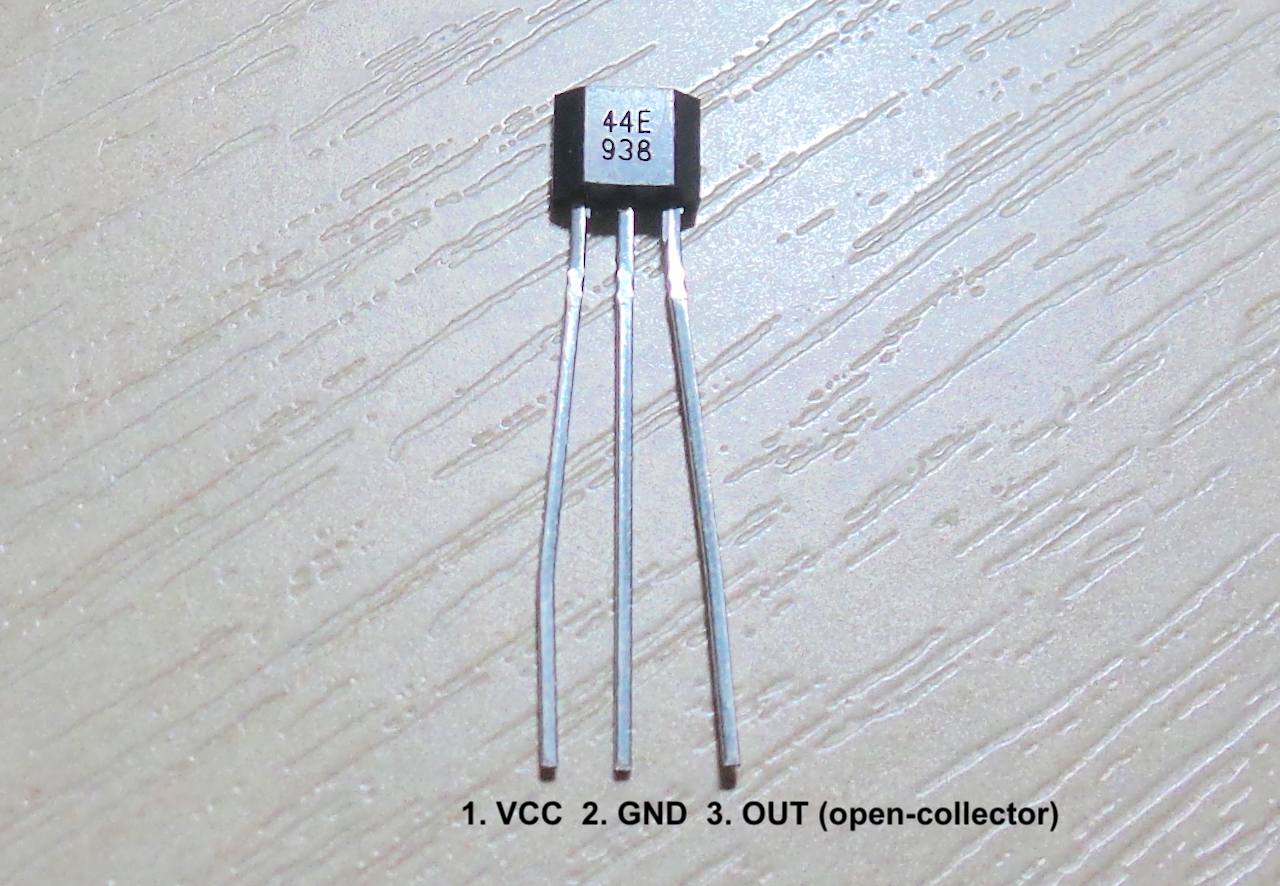
Introduction ¶
Take 1, ACTION! These are the verbal cues that a scene is about to be recorded on a film set, probably. What I do know about movie sets is that they use slateboards, also known as clapper boards to signal to the film crew that they are going to start shooting. There are electronic versions of these clapper boards that have 7 segment displays built in that track the time. I decided it would be a fun idea to try to make my own clapper board. For sensing whether the top part was lowered or raised, I thought it would be an interesting technique to use a hall effect sensor for this task.
Design ¶
Designing this project used a lot of 3D printed components. There is a main shell that holds the battery, display, sensor and ESP8266 development board. The clapper stick includes a pivot that allows the stick to be raised at a 45 degree angle. The whole case is held together using M3 Hex Socket Button screws. A small magnet is placed under a space in the top stick.

Front of the clapper

Back of the clapper
Electronics ¶
The electronics for this project are fairly simple. I used the same battery, boost convertor, and slide switch as was used in the alcohol sensor project. The display is an 8 digit MAX7219 7 segment module. The main microcontroller is a Wemos D1 Mini. I put a voltage divider in between the output pin of the hall effect sensor and D2 so that the 5V from the sensor wouldn’t destroy the digital input pin. The sensor, model 44E938, requires a pull up resistor for the signal pin on the sensor.

Pinout of the sensor

The schematic
Programming ¶
For this project I used Mottramlabs, 8 digit 7 segment LED driver library for controlling the 8 digit module. His library is extremely simple to use and if in the future I want to use this 8 digit module again, I will be using his library.
The code I wrote for this project was also fairly simple. The code and STL files are available on my github
Now, a video demo.